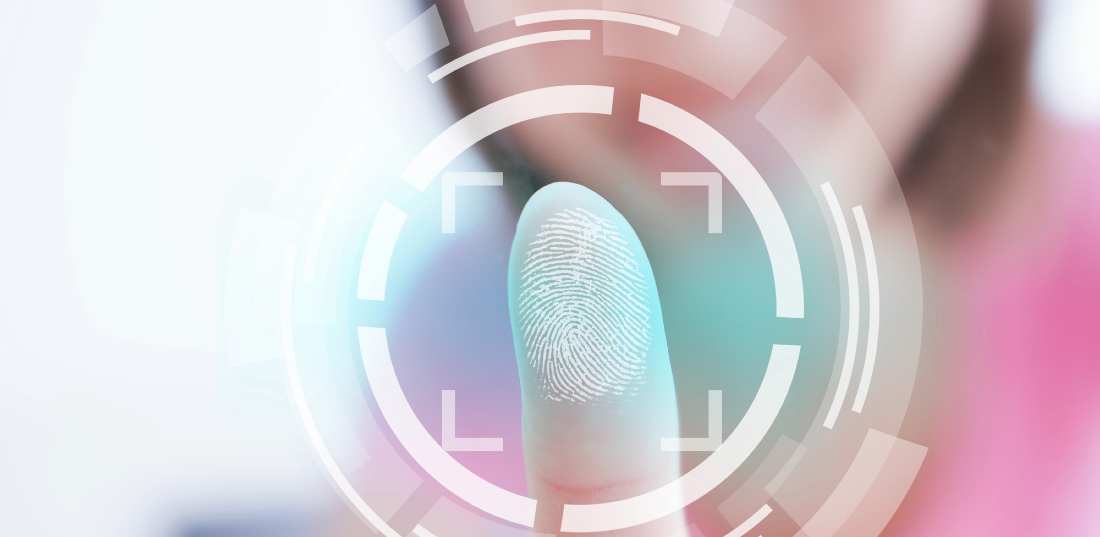
Fingerprint seems to be finding its direction into modern life in many ways. A technology that seemed so futuristic only a couple of decades ago now finds itself as security. One of the ways that we can use this technology is as part of a digital locking mechanism.
How Fingerprint Locks Work
Fingerprints, ‘biometric’ locks are here to stay, and as time goes on, it is likely to be an even greater capacity. Biometric refers to human traits, fingerprints, in a lock to access a system. Every person has unique lines on their finger, and the system can decide if that person can deactivate the lock.

Benefits of Fingerprint Locks
Maximum Security
A conventional style lock is a pin-tumbler which is vulnerable to forced entry, unlike fingerprint locks where we have a wholly keyless system. It means fingerprint locks have an extra level of security.
Fingerprint locks are almost impossible to deceive and can detect when a door closes and lock after five seconds. For these reasons, many people believe these types of locks to be a secure option.
Biometric info relies on a system that can detect if a print is a match without having to send information to a source. This works through sensors that will reject and deny access to anything that does not resemble a human finger's characteristics. It means that no third party has to check the information through the system each time.
Increased Control
It's perfect for the situation where lots of people might be sharing access to a building, but only certain people are permitted to gain access via one side of a door. Fingerprint technology can help securely maintain this structure.
Biometric locks can recognise around a thousand users who have authorisation to use the door. This way, only people with the required approval can enter. This helps prevent any intruders and any staff members who are not permitted to enter a specific area.

Fingerprints Can’t Be Lost. Stolen or Duplicated.
A set of keys can get lost, stolen or copied and someone can discover a PIN by keeping a watchful eye when they shouldn’t be. A fingerprint requires a person's actual fingerprint for unlocking. Something that they can not lose, or have anyone steal, and it would be difficult for someone to duplicate.
More Convenient & Faster
If fingerprint was your chosen security, all those wishing access would no longer have to remember a PIN. Once a fingerprint is against the sensor, you're looking at a second before the door unlocks.
Disadvantages of Fingerprint Locks
No system is perfect and there are some instances where fingerprint locks may not be the best option. Here are a few of the main disadvantages of fingerprint locking systems:
Errors With the Scanners
How well a fingerprint locking system operates comes down quite a lot to how good the scanner in use is. It's possible that a person could be presenting a fingerprint that should access through a door, but isn't recognising the person. As good as this technology is, it is not perfect.
Some scanners are not able to detect the difference from a picture and an actual finger. This may mean that someone could trick the scanner. By using a mould of a person’s finger. Of course for someone to use this they would need access to someone's fingerprint, but this brings a criminal one step closer.








